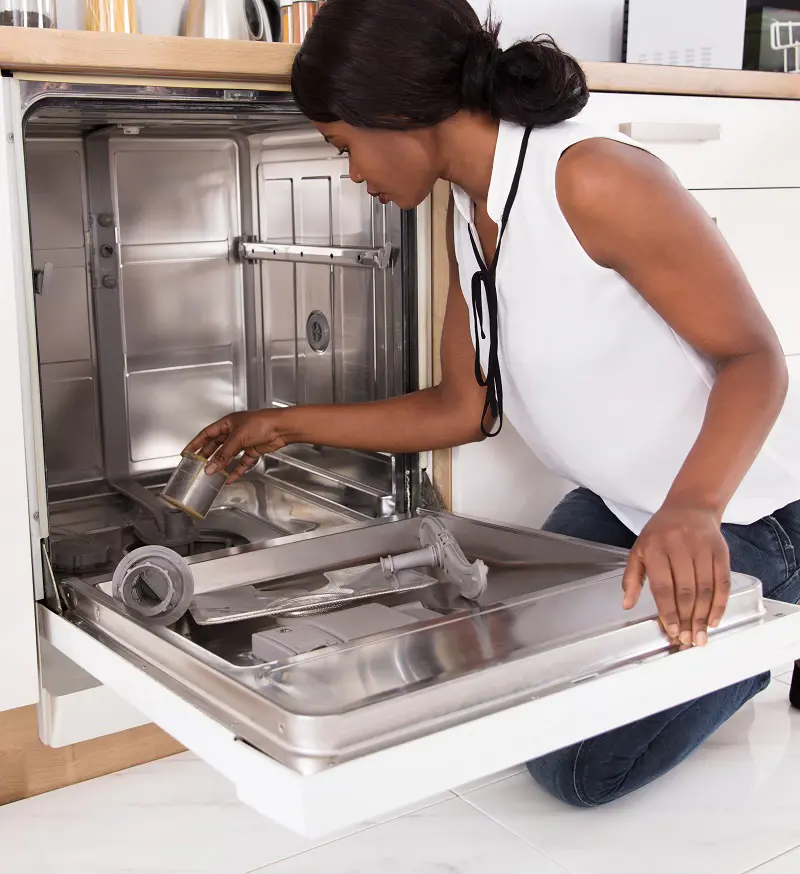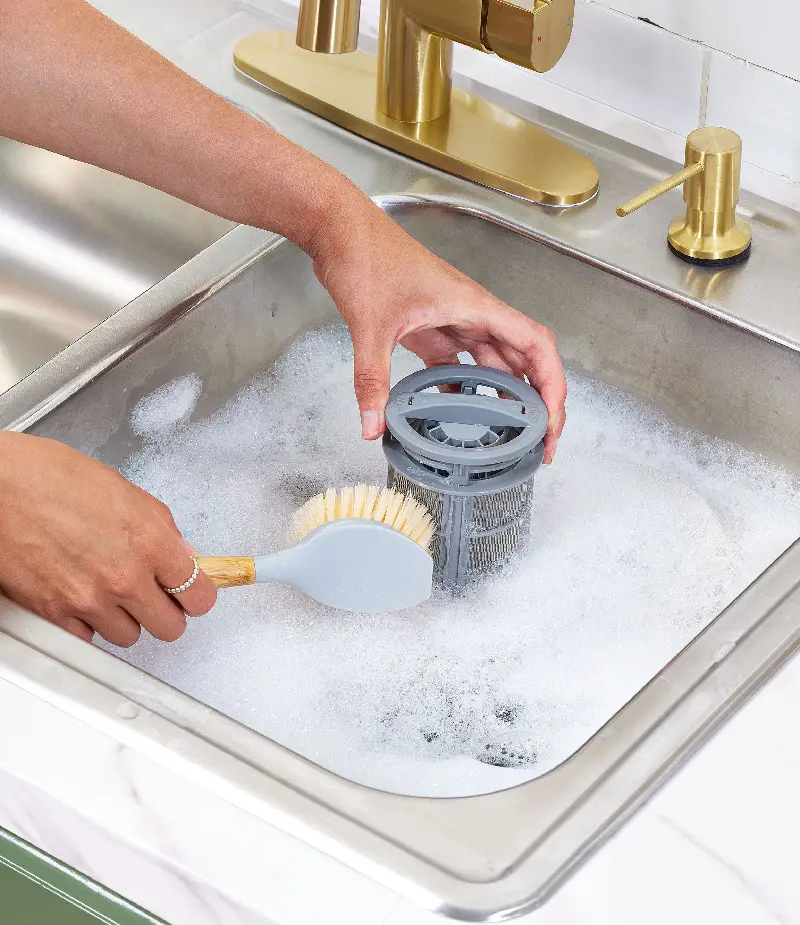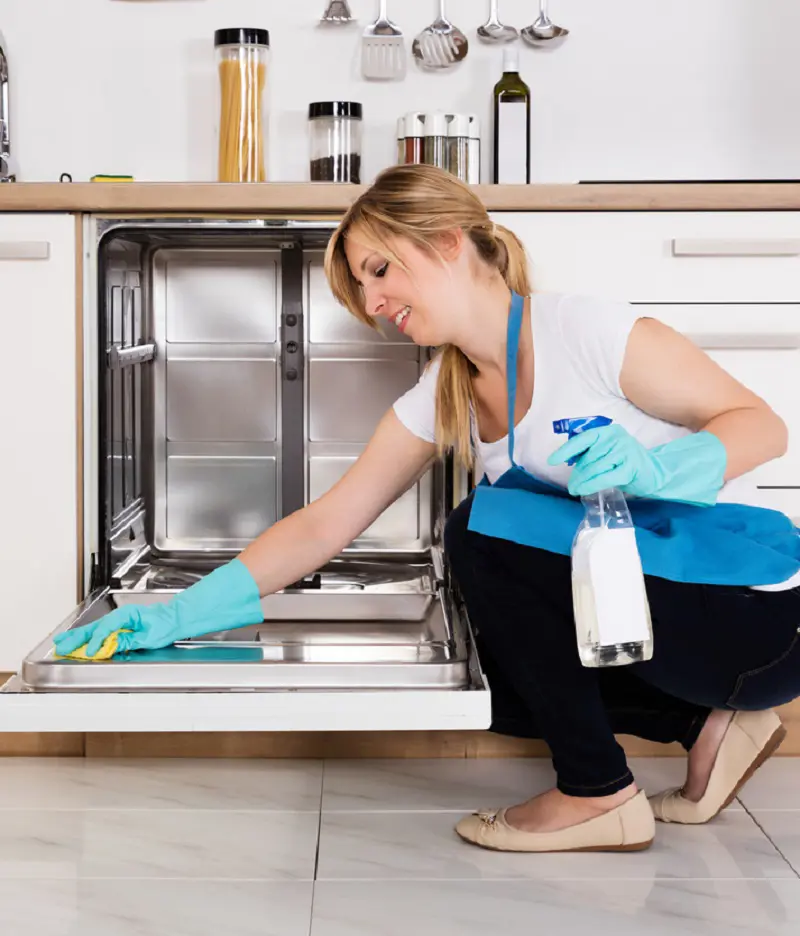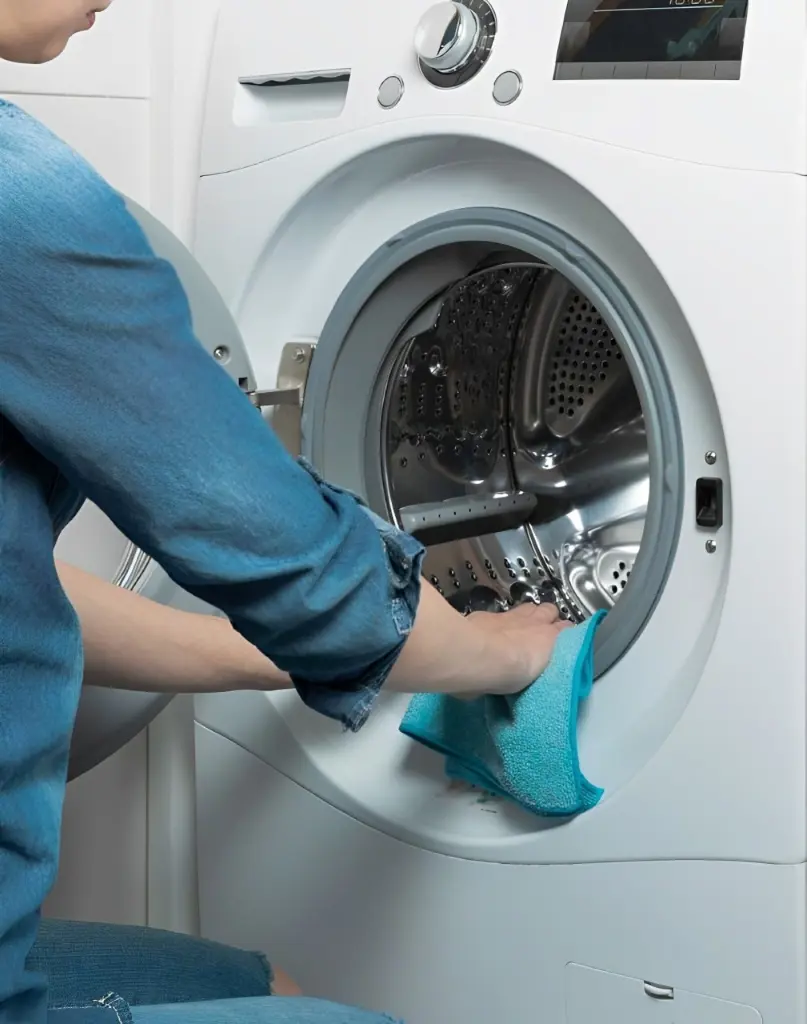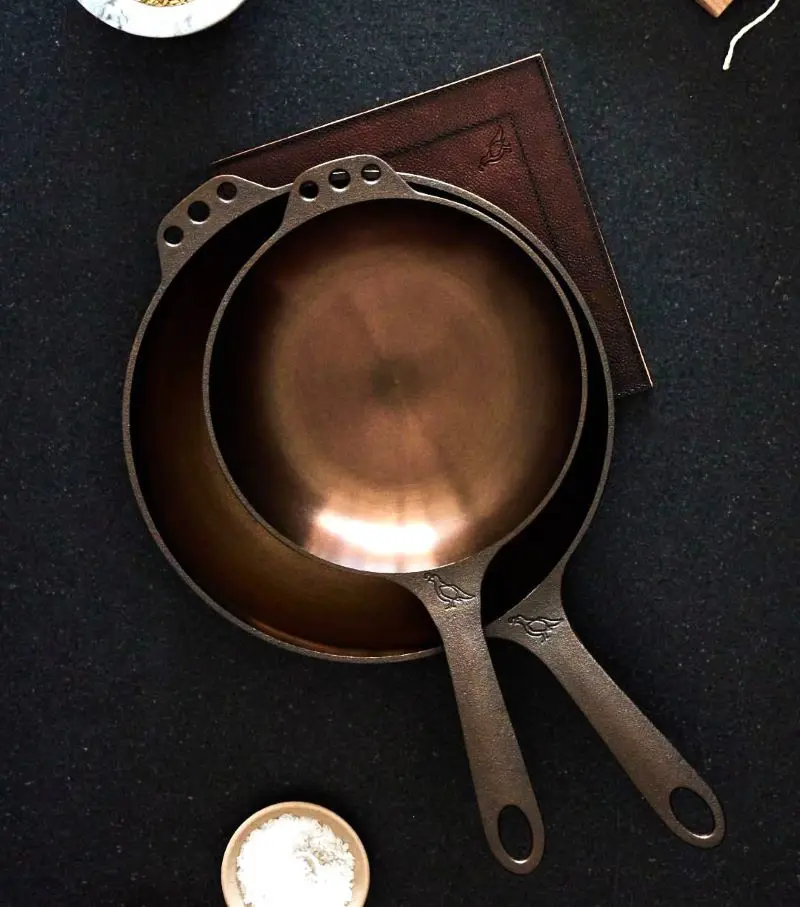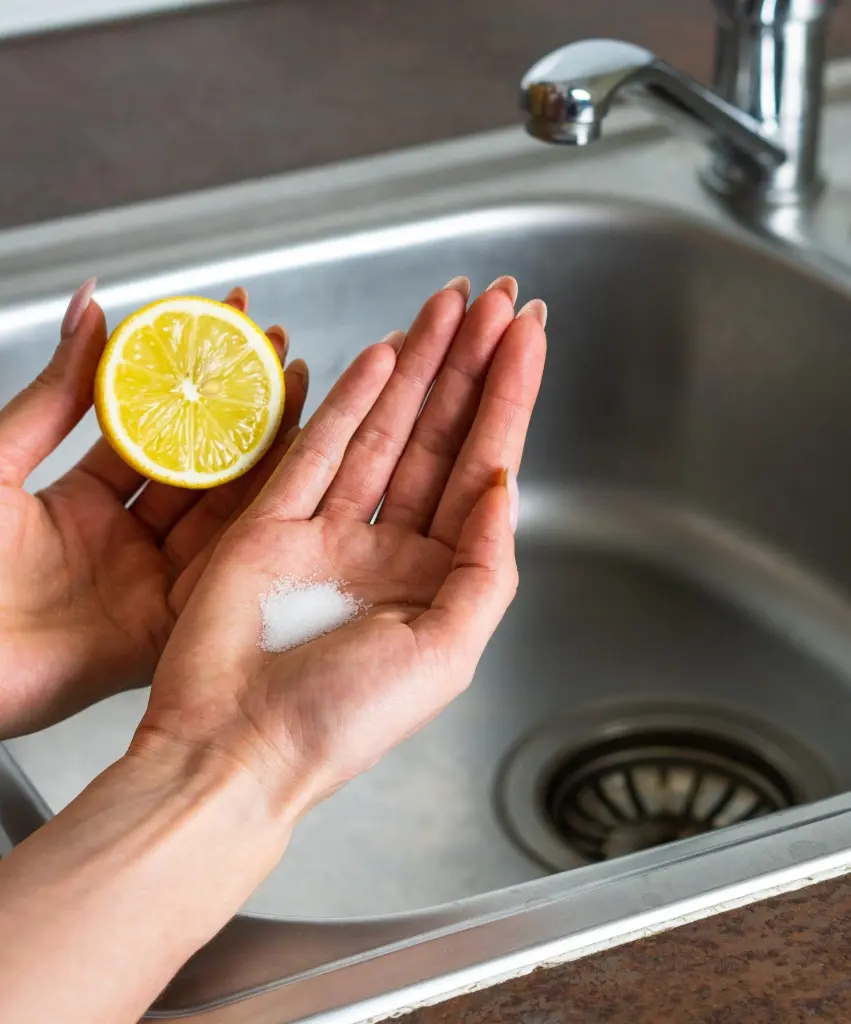Understanding Dishwasher Anatomy
Among other tools in the kitchen, the dishwasher is a cleaning tool that stands out. It must be cleaned at regular intervals. But before cleaning the dishwasher, a study of its anatomy is a must with the process of cleaning it manually.
1. Exterior
The outer surface of the dishwasher has a control panel and a door, therefore to clean the outer surface is a task to conquer. The most important thing to keep in mind while cleaning the exterior is for the door handle and control panel to be avoided because of the electricity.
2. Filter
The dishwashers have filters in them that are responsible for collecting and trapping all the debris as well as other tough residues that can be agents of blockage.
Therefore cleaning the filter is a must because it gets rid of any remaining dirt that is still stubbornly occupying the space. Otherwise, the dishes that are being placed inside the dishwasher will not be clean as the dishwasher is unclean in itself.
3. Spray arms
Spray arms usually get blocked due to buildups as these are there to spray water and detergent onto the utensils. These are the parts that distribute the water and are responsible for cleaning the dishes kept inside.
This water forms a thin layer from the particles found dissolved inside the water that later can form into blockages. These blockages can be the buildup of the water residue or the debris left by the use of detergents or food.
4. Utensil holder and shelves

There are utensil holders and utensil shelves inside the dishwasher machine which are easily removable keep the utensils in place by holding them well while they are being cleaned inside the dishwasher.
Even if the water force inside the dishwasher is extremely high and it has the capacity to scatter the dishes here and there, these utensil holders hold them back from breaking inside the dishwasher during cleaning.
These shelves are the biggest reason for the dishwasher to be able to wash the fragile cutleries.
5. Interior Tub
The dishwashers can sometimes emit a bad odor after multiple dishwashing which is the result of the food residue or other debris being left inside the dishwasher.
However, it can be cleaned by running the water cycle with only a simple cleaning solution. The absence of kitchen utensils gives ample space for the water to run better and clean the dishwasher by removing odors thoroughly.
6. Seal and Gasket
The dishwasher has a gasket made from rubber that can be found at the edge of the door entrance of the dishwasher attached to the door's inner surface. Cleaning the seal will clear it up from any leftover residue that is attached to the gasket.
As the residue can be removed, once it is done so, it prevents obstruction caused by the layer formed from residue and the gasket can do its job with grippy strength.
